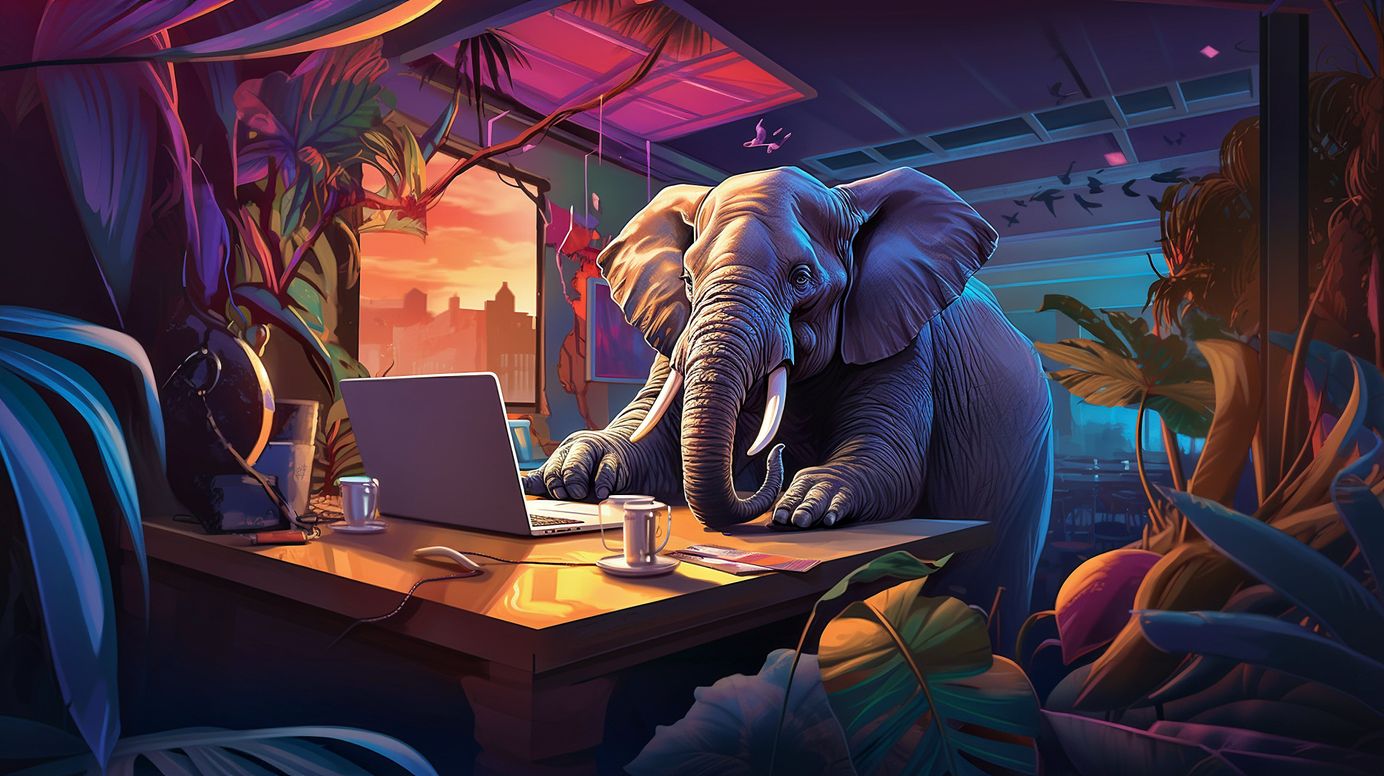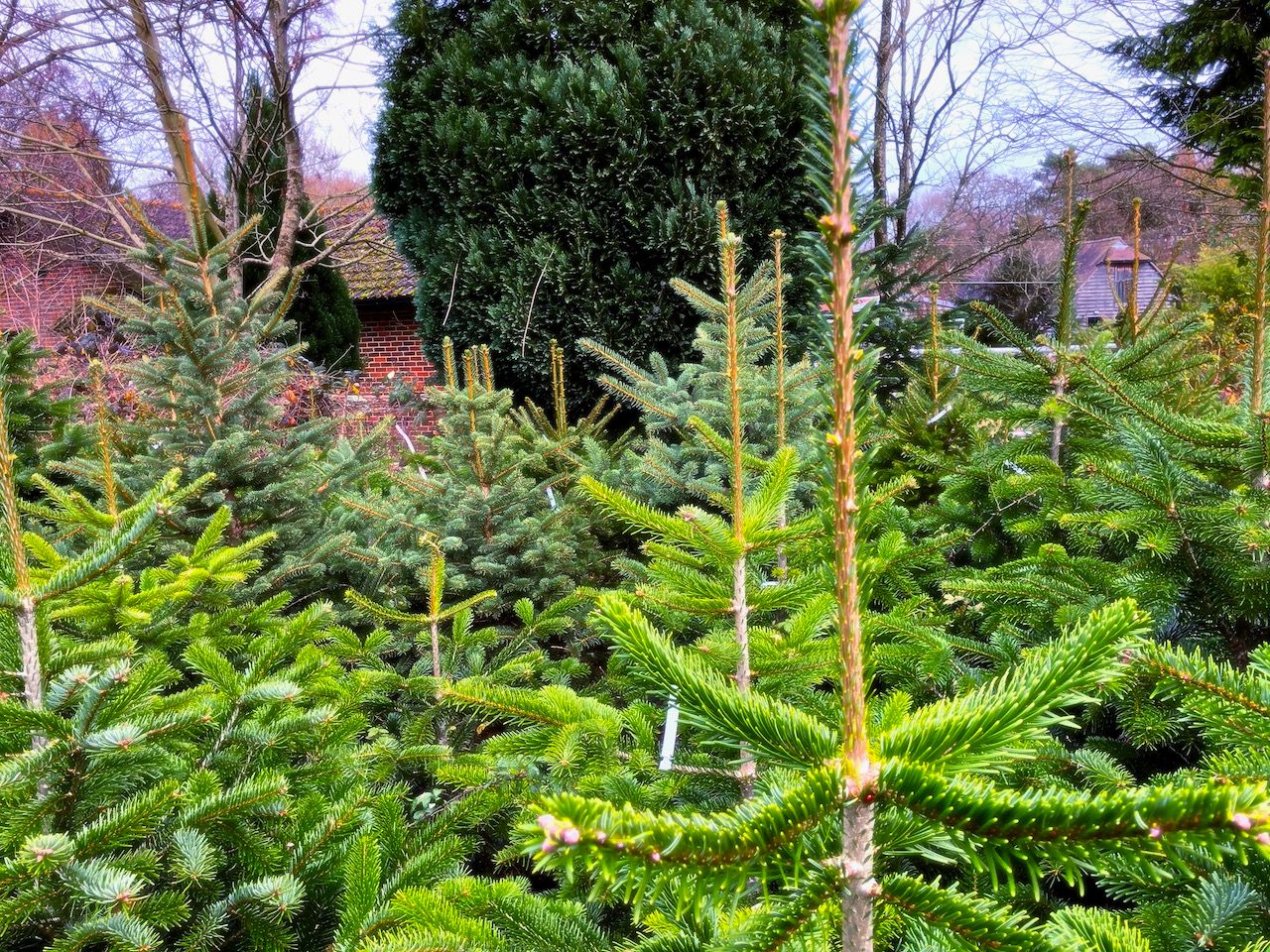
Is the influencer bubble deflating?
Is there something rotten in the state of influence?
Yasmin Jones-Henry of #WorkInFashion writing for the FT about influencers:
This month, two ventures from Instagram bloggers have run into trouble. Ella Mills (known as Deliciously Ella with 1.2m followers) announced the closure of two of the three branches of her delicatessens in London, with losses of more than £700,000. (Ms Mills’s other businesses — cookbooks and food products — are doing well, according to the Times). Millie Mackintosh, reality star and influencer (2m followers), is closing her clothing line, citing “the challenging financial climate within the industry”. According to the Evening Standard, the business is folding.
First of all, we should be a touch skeptical here. Any journalist working in fashion who writes negatively about influencers has a vested interest in doing so. Influencers have dominated the fashion world's media for some years now, and have made life uncomfortable for many in that field.
That said, I think Jones-Henry has identified, quite correctly, that we're beginning to see the limits of the brand value some influencers have accrued:
“Influencers” started life as brand ambassadors, but as their popularity increased, so too did their desire to diversify, straying into areas that require talent and training. Journalism, copywriting and advertising belong to the art of storytelling. As with music and design, technology has enabled many to mask their lack of genuine craftsmanship.
The rise of the influencer was almost inevitable - in essence, they have become the new gatekeepers, allowing brands to reach audiences relatively inexpensively compared to the costs of developing those relationships directly themselves. And, yes, they have taken money away from journalism in the process. However, the competition to become an influencer makes the competition for entry-level journalism jobs look like a cake-walk. Attention is still a scarce commodity, and getting it from a standing start is hard work. A talent for attention-seeking behaviour and self-promotion will get you so far, but only a very few will be able to parlay that success into other fields.
So, perhaps my headline does fall prey to Betteridge's Law. We're not seeing the deflating of the influencer bubble, but we are beginning to see the limits of even the biggest of influencer's brand power.
Sign up for e-mail updates
Join the newsletter to receive the latest posts in your inbox.










